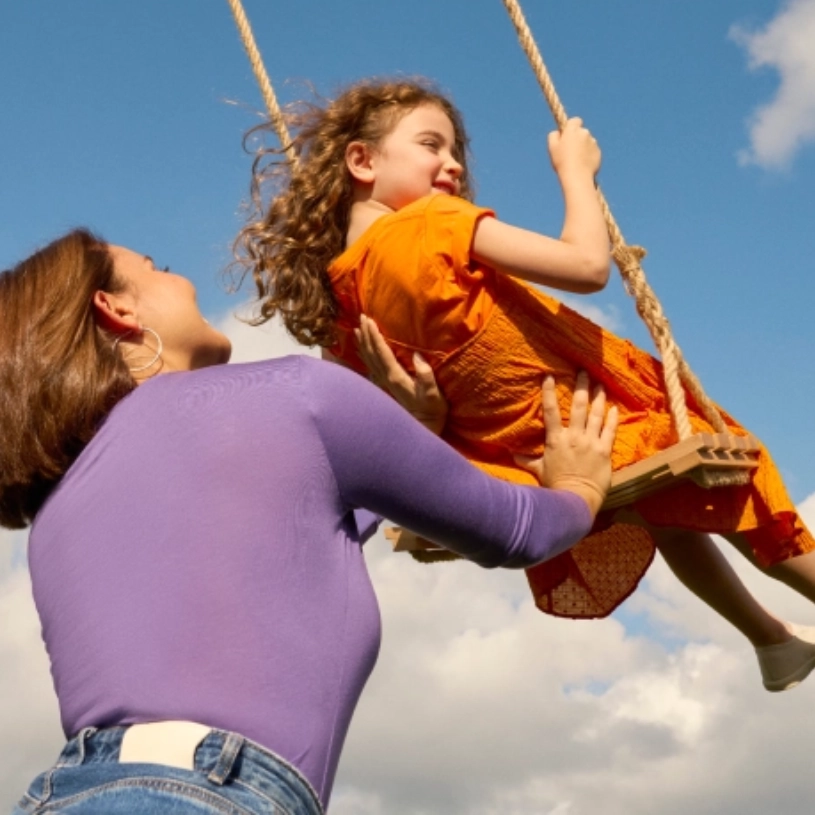곰팡이 알레르기의 원인, 증상 및 조언
주위에 곰팡이가 많을수록 심한 알레르기가 발생합니다.

곰팡이는 균류 중 하나로, 종류가 다양하고 널리 퍼져 있으며, 어디에서나 생길 수 있습니다. 특정 곰팡이는 알레르기 반응을 유발해 알레르기비염을 심하게 일으킬 수도 있습니다.
곰팡이 노출을 최소화하는 방법
모든 알레르겐을 피하기는 어렵지만 곰팡이와의 접촉의 최소화할 수 있는 몇 가지 방법이 있습니다.1,3
실내의 경우
문과 창문을 닫으세요.
제습기를 사용해 보세요.
알레르기 및 천식 방지 인증 필터를 장착한 에어컨을 가동하세요.
누수나 그 외 습기를 유발하지 않도록 주의하세요.
실외의 경우
곰팡이 포자가 가장 활성화되는 이른 아침이나 늦은 저녁에는 실외 활동을 피하세요.
잔디를 깎거나, 식물 주변을 파헤치거나, 잎사귀를 줍는 활동 등 식물을 만질 때에는 먼지 차단 마스크를 착용하세요.
외출 후에는 꼭 샤워를 하세요.
알레르기 증상이 나타나는 즉시 치료제를 복용하세요.
알레르기에 대한 자세한 사항은 의사, 약사와 상의하세요.
1. American Academy of Allergy, Asthma, and Immunology, Editors. Mold Allergy, American Academy of Allergy, Asthma, and Immunology (aaaai.org), 2021
2. Andrew Moore, MD, FAAAAI, Reviewer. Outdoor Allergens, American Academy of Allergy, Asthma & Immunology (aaaai.org), September 28, 2020
3. Jonathan Corren, MD. Allergic rhinitis: Treating the adult, The Journal of Allergy and Clinical Immunology, June 1, 2000
4. Asthma and Allergy Foundation of America, Ed. Control Allergens to Improve Indoor Air Quality, Reviewed by Medical Scientific Council, 2015.
5. Olasińska-Wiśniewska A, et al. Cardiovascular safety of antihistamines. Postępy Dermatologii i Alergologii. 2014.31(3);182-186
6. Bousquet J et al. Allergic Rhinitis. Nat Rev Dis Primers. 2020.6(95);1-17
7. Mark E et al. Efficacy and tolerability of 2nd and 3rd gen antihistamines. ANNALS OF ALLERGY, ASTHMA & IMMUNOL. 2010.104;518–522
8. Fein MN et al. CSACI position statement_Newer generation H1-antihistamines (3rd generation) are safer than first-generation H1-antihistamines. Allergy Asthma Clin Immunol. 2019.15(61);1-6
9. Anne K et al. Second-and third-generation antihistamines. DERMATOLOGIC THERAPY. 2000.13;327–336
10. Thomas B et al. Next generation antihistamines therapeutic rationale accomplishments and advances. Expert Opinion on Investigational Drugs. 2002.11(6);807-817
11. Day J H et al. Onset of action, efficacy, and safety of a single dose of fexofenadine hydrochloride. Ann Allergy Asthma Immunol. 1997.79;533-540.
12. Smith SM et al. Fexofenadine: biochemical, pharmacokinetic and pharmacodynamic properties and its unique role in allergic disorders. Expert Opinion on Drug Metabolism & Toxicology. 2009;5(7);813-22
13. Peter H. Double-blind, placebo-controlled study. Comparing the efficacy and safety of fexofenadine and cetirizine in seasonal AR. J ALLERGY CLIN IMMUNOL. 1999;104(5);927-33
14. Van Cauwenberge et al. Comparison of the efficacy, safety and quality of life provided by fexofenadine hydrochloride 120 mg. Clin Exp Allergy. 2000. 30(6);891-899
[Study Design11] This study was of a randomized, placebo-controlled, double-blind, parallel design. The purpose of this study was to characterize the time to onset of clinically important relief of symptoms of allergic rhinitis in subjects taking single doses of either 60 mg or 120 mg fexofenadine HCl, or placebo, after exposure to ragweed pollen in a controlled environment. Other objectives were to assess the efficacy and safety of single doses of fexofenadine HCl.
[Study Design13] A multicenter, double-blind, parallel-group, placebo-controlled trial compared the efficacy and safety of fexofenadine HCl (120 and 180 mg administered once daily) and cetirizine (10 mg once daily) in the treatment of seasonal allergic rhinitis. The primary efficacy variable was the change in mean 24-hour reflective TSS during the treatment period in relation to the single blind placebo lead-in phase.
[Study Design14] This was a multinational, multicentre, double-blind, parallel group, randomized, placebo-controlled study. Following a placebo run-in phase of 3±7 days (the baseline period), patients with SAR were randomized to receive one capsule of either fexofenadine HCl 120mg(n=232), loratadine 10mg(n=228), or placebo(n=225), once each morning for 14 days. The primary efficacy parameter was the change in the mean 24-h reflective TSS during the double-blind treatment period from that during the baseline period.
추천 기사
※3세대 성분들의 경우, 2세대의 개선 성분으로 2세대에 포함시키는 경우도 있습니다.
MAT-KR-2301160-v1.0-07/2023

